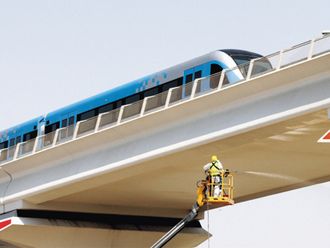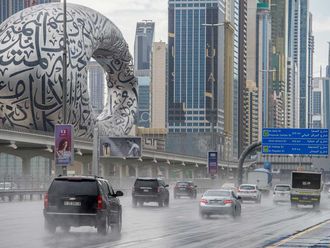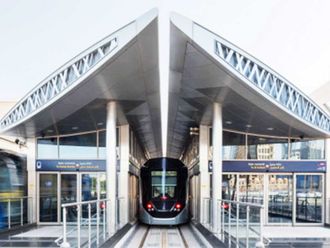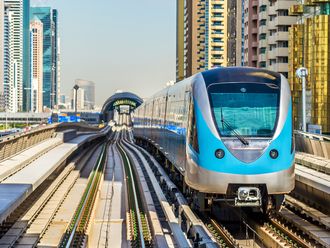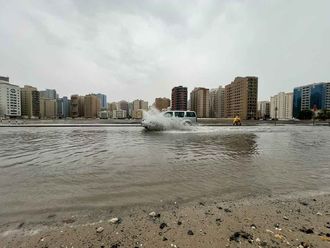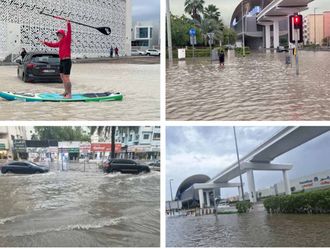Dubai
You need space and time to avoiding running into an accident on the road — and here’s how that works.
Gulf News sought the help of Dr Mamoun Abdul Hafez, Head of the Department of Mechanical Engineering, at the American University of Sharjah, to give us the lowdown on the physics of a car crash and how to avoid them.
A stalled vehicle in the third lane of a 120km highway to Abu Dhabi caused the death of four Filipinos and injured two others on April 14. A four-wheel vehicle rammed into the stalled car, causing it to spin and hit its four passengers who had alighted to check the vehicle.
Transport authorities and police have, on many occasions, highlighted the dangers of stopping a vehicle in the middle of the road. However, many people still do so according to Dubai police.
Dr Abdul Hafez emphasised the importance of keeping a safe distance between your car and the car in front of you to avoid accidents. Being alert and focused on your driving are also key.
“If a vehicle is travelling around 120 km/hr and the driver suddenly observes a stalled car, he needs to decelerate quickly to stop or try to avoid the vehicle by taking another lane. Researchers show that a vigilant driver needs a minimum of 0.5 sec - 1.25 sec (17 metres - 42 metres for a vehicle moving at 120 km/hr) to realise the situation/hazard and apply the brakes,” explained Dr Abdul Hafez.
“This time, and therefore distance, will increase if the driver is tired, sleepy, or distracted in any form. After the driver hits the brakes, in order for the car to stop, all the kinetic energy of the car should be dissipated by the braking friction,” he added.
The faster the car, the greater the braking distance it requires. So if its speed doubles, its braking distance quadruples.
When it comes to impact, the bigger the car, obviously, the greater the impact.
To know how “safe” safe distance is, motorists can use the ‘Time-Interval Driving Method’. Under normal conditions, this interval should be equivalent to three seconds.
This means, once the car ahead of you passes by a lamp post, you should begin counting up to three seconds and only pass by that lamp post after three seconds. If you drive past the light post before you finished counting, you are too close to the vehicle ahead of you.
Remember, space equals time when driving. The more space you have between you and the car ahead of you, the more time you have to avoid an accident.
Bigger vehicles need more time and space to decelerate and reach a complete stop. The same goes if you are driving under adverse conditions.
In cases of car breakdowns on main highways, it is mechanically impossible for moving cars to suddenly stop in the middle of the roads because the momentum of the vehicle needs time to reach zero, Dr Abdul Hafez said. Motorists can therefore take advantage of the remaining kinetic energy in the vehicle that will allow them to drive to the shoulder of the highway.


